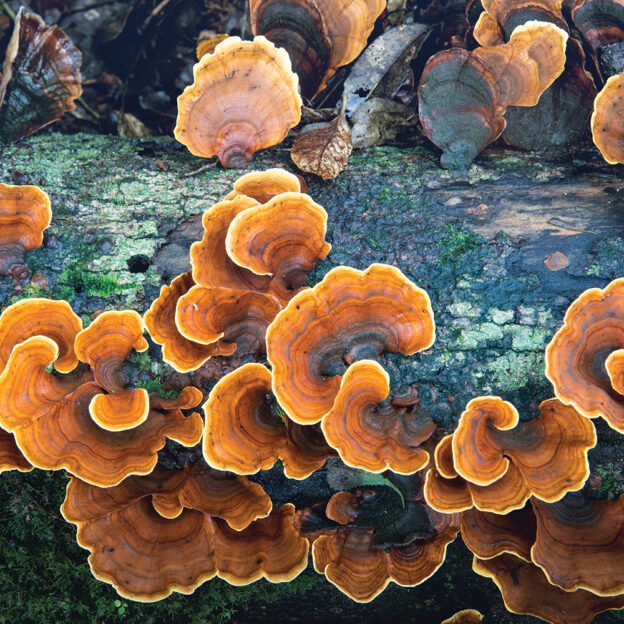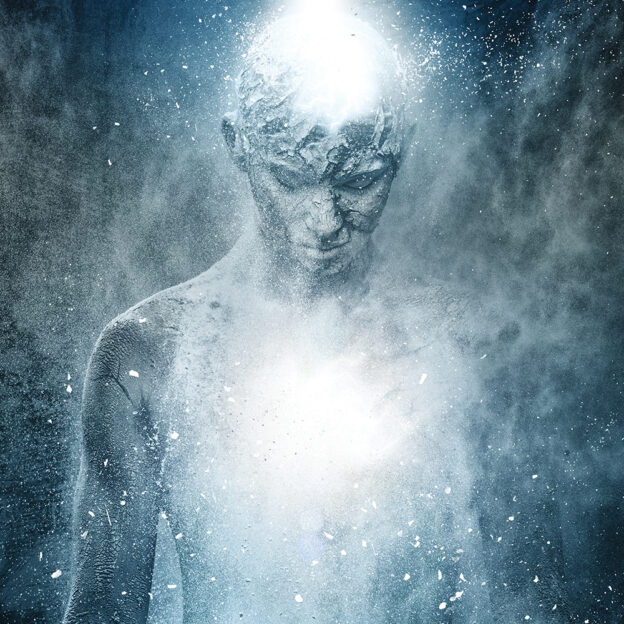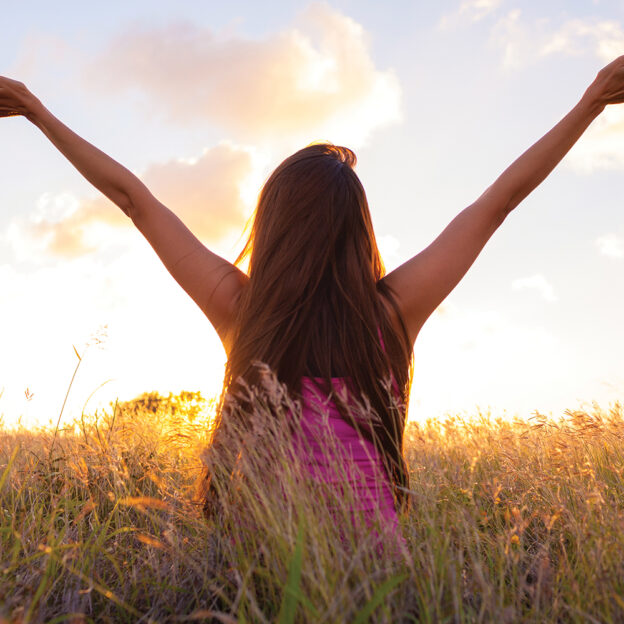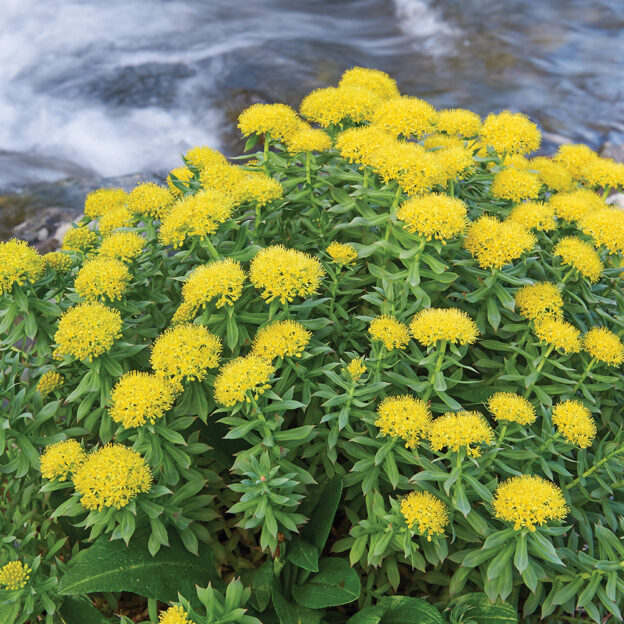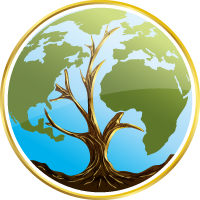By Gedalia Genin, PhD
 “Here’s a startling fact,” writes Jay Kumar, PhD, in his book, Brain, Body & Being. “In our modern, 24/7 high-tech world, the average person is bombarded with the equivalent of 174 newspapers of data every day! That’s five times the amount of sensory information a person received just 30 years ago.”
“Here’s a startling fact,” writes Jay Kumar, PhD, in his book, Brain, Body & Being. “In our modern, 24/7 high-tech world, the average person is bombarded with the equivalent of 174 newspapers of data every day! That’s five times the amount of sensory information a person received just 30 years ago.”
No wonder we feel exhausted, overwhelmed, and stressed. The busy habit is a warped status symbol, a humble brag of CEOs, stay-at-home moms and dads, and of anyone convinced their workplace or home would collapse without them.
This busyness addiction isn’t simply a function of the workplace. Once we return home, Kumar writes, “We can’t quit our e-habit. Even in our bedrooms, living rooms, and bathrooms, we peruse our screens, feeling the need to check email, Facebook, Twitter, or Instagram.”
One drug-free, simple, playful way to heal the emotional and physical toll of this cacophony of distraction is one many of us last pursued in childhood—coloring, painting, dancing!
In short—the antidote is creativity. Creative expression heals—be it playing the piano, writing a poem, a salsa class, or painting with watercolors. This is according to the analysis of more than 100 research studies reviewed by the American Journal of Public Health titled, “The Connection Between Art, Healing, and Public Health.”
In “Make More Art: The Health Benefits of Creativity,” James Clear writes in the Huffington Post, “Creating art doesn’t just make you feel better, it also creates real, physical changes inside your body.” His account of our situation mirrors the studies cited by Kumar.
“In our always-on, always-connected world of television, social media, and on-demand everything, it can be stupidly easy to spend your entire day consuming information and simply responding to all the inputs that bombard your life,” writes Clear.
“Art offers an outlet and a release from all of that. Take a minute to ignore all the incoming signals and create an outgoing one instead. Produce something. Express yourself in some way. If you contribute rather than consume, anything you do can be a work of art.
Open a blank document and start typing. Put pen to paper and sketch a drawing. Grab your camera and take a picture. Turn up the music and dance. Start a conversation and make it a good one.
Build something. Share something. Craft something. Cut out pictures for a collage. Make more art. Your health and happiness will improve, and we’ll all be better off for it.”
In summary, Clear concludes, these studies demonstrate that creative pursuits “redirect our focus, and distract us from thoughts of grief, stress or physical pain.”
Creative expression not only benefits our mood but our physical body as well. A 2004 study published in the Journal of Psychosomatic Medicine demonstrated how creative writing has been shown to boost the immune system. In other words, creative expression doesn’t just make you feel better, it also creates real, physical changes inside your body.
My own experience is that connecting with my inner artist through meditation was akin to finding my own personal Eden. When I paint, I experience it as a kind of bath for my mind. Much like meditation, being with color shifts my relationship with time. By tapping my unbridled imagination, I drop into an experience of flow. I’ve found that it’s when I’m alone with my paints and brushes that I truly experience God’s presence within.
The blank canvas is a metaphor for the daily opportunity to invent our life and fill it in anew.
Even daydreaming has been discovered by neuroscience to enhance creativity and test productivity. The mere act of allowing your mind to “wander” opens a space for creative ideas to tune in. Next time you are washing dishes or making your bed notice what comes up. Steven Spielberg received his greatest movie ideas while driving—in that space of empty mind.
What if I don’t feel like I’m a creative person?
Expand your concept of creativity. It’s far more than painting. You can be creative in the way you cook, doodle, decorate your home, or dance. Your creative niche may be a craft: knitting, making jewelry, woodworking, or scrapbooking.
Life offers us untold opportunities to express our creativity. While I love to set aside time to paint, I look for moments throughout my day to feel creative. It may be the way I choose to dress, the flowers I pick and then arrange in a vase, or inventing my own version of a favorite recipe. Or it may be cutting out a picture from a magazine or a phrase that inspires me. Yes, it’s OK to play with food—and crayons or clay.
Tech too often turns us into Zombie-like consumers of culture. But if used consciously, our cell phones or iPads can also be a vehicle for creative play. You may wish to use your phone camera to be a vessel to see and notice the beauty that surrounds you. The same street or park you walk along every day, may look new if you’re attuned to the play of light and shadow. Each of us sees the world differently, and photography is one means to share with others our distinct way of seeing and experiencing the world around us.
All of us, professional and amateur, share an impulse to create. Break free from the straight jacket of creating art only if it makes money or you have a shot at going professional. Creativity is an essential part of what it is to be alive.
Painting—not pills—relieved my own chronic back pain and asthma. I literally felt painting, and in my case, painting with lots of bright, vivid colors, released tension and lifted my spirits. Today, more and more, psychologists and therapists prescribe various forms of artistic expression to patients. My clients report feeling greater enthusiasm and vitality from penning the story of their lives in a memoir, a performance piece, or through painting or dance. Creativity is a kind of alchemy.
It is healing to have this removal from the events that overwhelm us. Telling our stories is how we see connections and gain perspective on our past and can be a lens onto the present.
Many of my clients report that keeping a journal or making a family album filled with photos was a form of unburdening their souls. One woman told me that painting lifted a psychic weight she’d carried with her for years. Creativity is also a very healthy and safe way to release grief or shame.
If you’re daunted by oil paints, watercolors, or writing, pick up a crayon or marker. In 2016, Nikki Martinez, Ph.D., wrote in the Huffington Post that coloring books for adults are great for our mental and emotional health. Coloring, she writes, brings us back to a simpler time. An activity that invokes carefree and happier memories of childhood.
Renowned Swiss psychologist Carl Jung gave his adult patients a “prescription” to paint and draw. Jung thought it would help his patients “access their subconscious and new self-knowledge,” writes Martinez.
Let creativity serve as a pathway to discover what inspires and brings you joy. ?
This feature is an excerpt from Gedalia Genin, Ph.D.’s book, Enough Drugs! I Am a Woman and Can Heal Naturally—a practical guide to feeling your best, and is reprinted by permission of the author, whose book is available on Amazon. See the full issue of Well Being Journal, Vol 28, No 4, in digital or print with this article.
Gedalia Genin, Ph.D., has helped women, for more than fifteen years, uncover new pathways to health and vitality by drawing on a wealth of holistic gems: Ayurveda, meditation, essential oils, gemstones, Marma, sound healing, nutritional advice, herbs, yoga postures, intuitive guidance and even creativity. For more information, see http://www.gedaliahealingarts.com/

